Let’s face it, travel is going to be very popular in 2025. However, with climate change looming large, it’s important to travel responsibly. Eco-friendly travel can help with that.
So, what’s the buzz about sustainable travel? It’s not just about hugging trees and skipping flights. It’s about traveling in a way that respects nature, supports local conm mmunities, and leaves a lighter footprint behind.
If you’re craving adventures that feel good and do good, here’s your ultimate guide to the top eco-friendly travel destinations for 2025.
Table of Contents
🌱 Key Characteristics of Eco-Friendly Destinations
Before we dive into the dream list, let’s talk about what makes a place “eco-friendly.”
♻️ Environmental Conservation
These destinations actively protect their forests, oceans, and wildlife. Expect national parks, marine sanctuaries, and zero-waste initiatives.
🤝 Support for Local Communities
Sustainable tourism should benefit locals, not just travelers. Think locally-run tours, homestays, and handmade crafts.
🚲 Low-Carbon Footprint Infrastructure
Walkable cities, excellent public transport, and renewable energy? Big yes! These spots make it easy to go green without trying too hard.
🌍 Top 10 Eco-Friendly Travel Destinations for 2024
🇨🇷 1. Costa Rica – A Rainforest Paradise
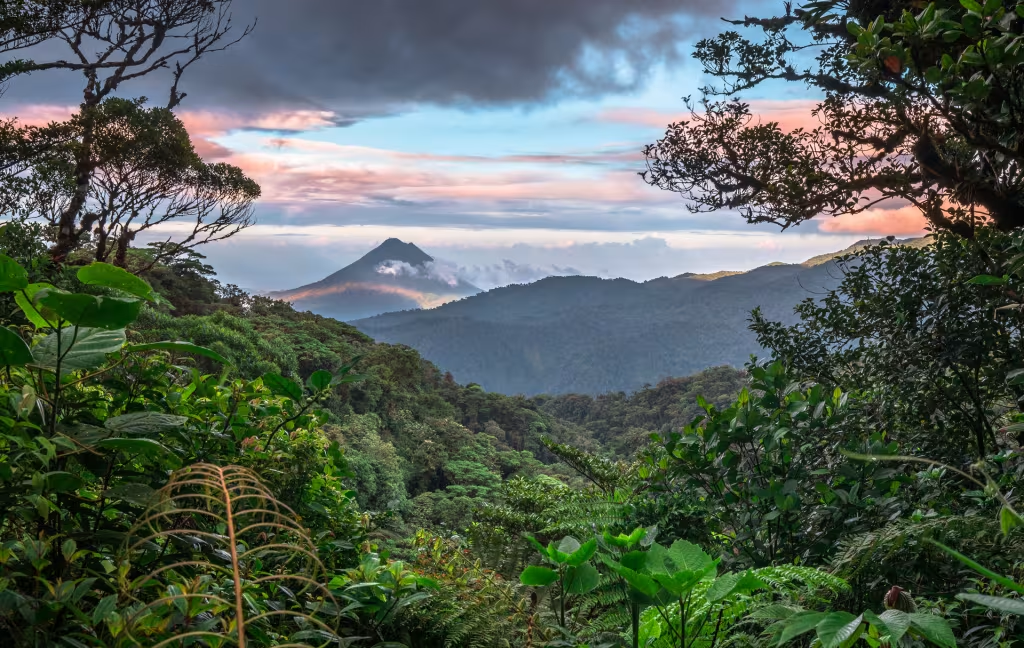
Welcome to the land of pura vida! Costa Rica is an eco-traveler’s dream with more than 25% of its land protected.
- Stay in treehouse eco-lodges deep in the jungle.
- Visit wildlife rehab centers and go zip-lining through rainforests.
- Surf sustainably on Pacific beaches or hike through cloud forests.
🌟 Pro tip: Book your trip with certified eco-tour operators like “Costa Rica Expeditions”.
🇧🇹 2. Bhutan – The Carbon-Negative Kingdom

This tiny Himalayan kingdom isn’t just beautiful—it’s carbon-negative. Yes, really.
- Bhutan prioritizes Gross National Happiness over GDP.
- Sustainable trekking routes preserve both nature and culture.
- Tourism is tightly regulated to minimize its impact.
🎒 Only a limited number of visitors are allowed at a time, so book early!
🇸🇮 3. Slovenia – Europe’s Green Jewel

Slovenia is proof that you don’t need to fly across the world to go green.
- Ljubljana was named Europe’s Green Capital.
- Eco-farms, green hiking trails, and clean rivers abound.
- Enjoy wine-tasting in solar-powered vineyards!
🚴 Explore the countryside by bike or electric car.
🇳🇿 4. New Zealand – Eco-Tourism Pioneer
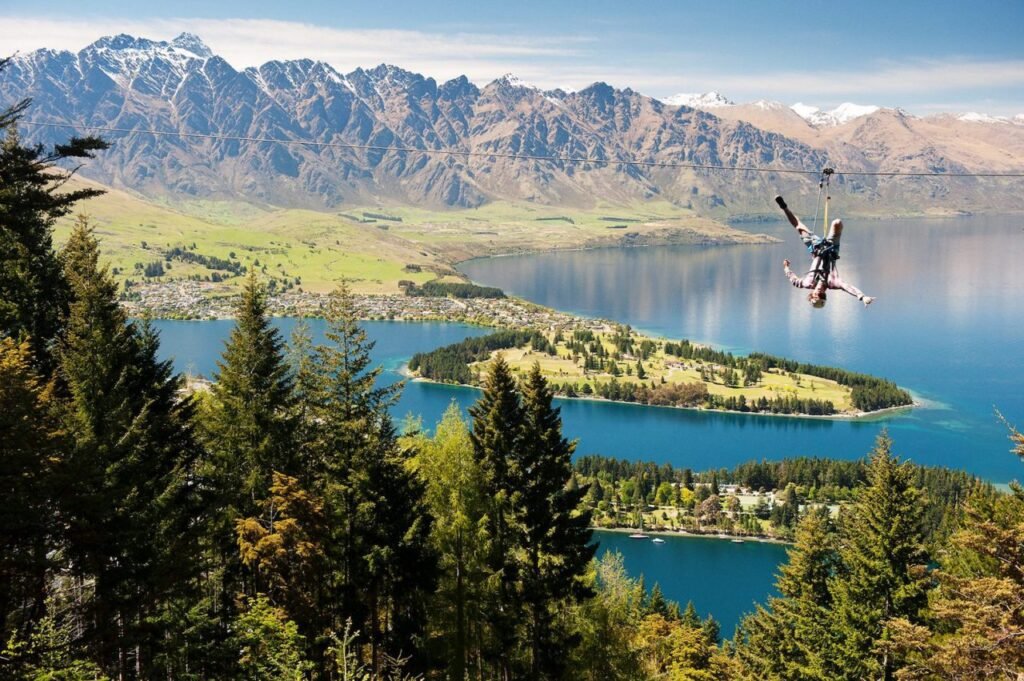
Few places cherish environment as much as New Zealand, with its verdant fjords and active volcanoes.
- Conservation is key: see the endangered kiwi in the wild.
- Take part in reforestation projects or guided Maori cultural walks.
- Adventure activities? Totally green if you choose wisely.
🌱 Visit “EcoZip Adventures” or “Zealandia Ecosanctuary” for sustainable fun.
🇮🇸 5. Iceland – Land of Fire, Ice, and Sustainability
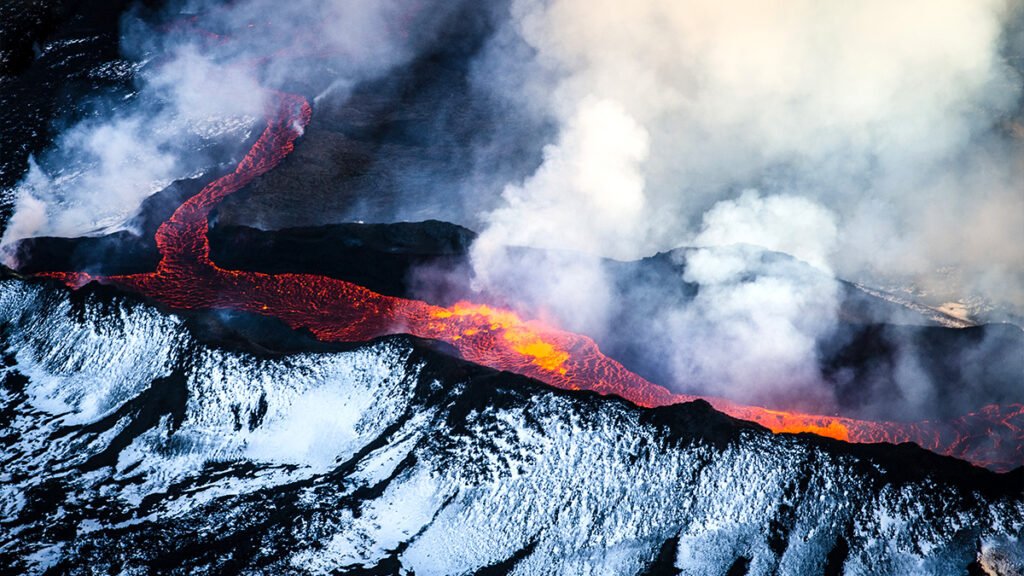
Geothermal energy? ✅
Carbon neutrality goals? ✅
Unforgettable landscapes? Hell yes.
- Iceland runs almost entirely on renewable energy.
- Glacier hikes, hot springs, and eco-conscious lodges.
- Be a responsible tourist: stick to marked trails and support local businesses.
🧊 Avoid peak seasons to lessen your impact and enjoy more solitude.
🇫🇮 6. Finland – Arctic Sustainability

Want to chase the northern lights without harming the planet?
- Finland is a leader in green energy and education.
- Enjoy “forest bathing” and pristine national parks.
- Finland is known for its eco-saunas and organic farm stays.
🌌 Try “Eco Village Livonsaari” for a unique and earthy experience.
🇰🇪 7. Kenya – Green Safaris
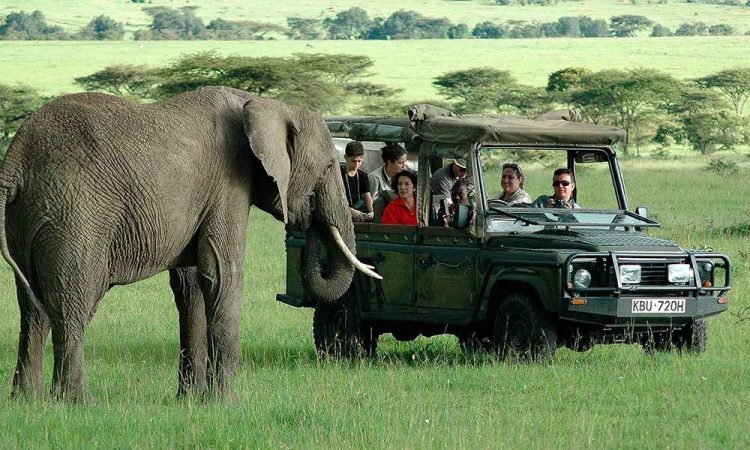
Safaris are epic—but they can also be destructive. Kenya is changing that narrative.
- Visit wildlife conservancies like Ol Pejeta that focus on conservation and community.
- Support eco-lodges run by and for locals.
- Spot the Big Five while helping protect them.
🇯🇵 8. Japan – Tradition Meets Sustainability

Japan is high-tech, but it’s also deeply connected to nature.
- Tokyo is leading in green architecture and recycling tech.
- Explore quiet countryside areas like Yakushima, known for ancient cedar forests.
- Take part in rice harvesting or stay in zero-waste villages like Kamikatsu.
🍱 Use rail passes to reduce emissions and avoid domestic flights.
🇵🇹 9. Portugal – The Underrated Eco Gem

Portugal is making waves in sustainability—quietly and beautifully.
- Surf and stay at solar-powered beach retreats.
- Explore Lisbon by tram or bike.
- Taste organic wines and fresh seafood at eco-farms.
🌊 Look into “Rota Vicentina” for scenic and sustainable coastal hikes.
🇵🇼 10. Palau – The Responsible Island Paradise
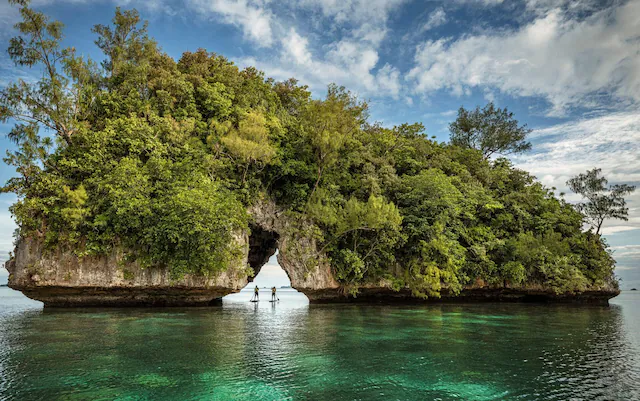
You know a place is serious about sustainability when you have to take an eco-pledge to enter.
- The “Palau Pledge” is signed in your passport.
- Its marine sanctuaries are among the world’s most protected.
- Dive, snorkel, and sail—guilt-free.
🐠 Respect all marine guidelines to keep the reefs healthy.
🌿 How to Travel Sustainably
It’s not just where you go—it’s how you go.
🚆 Choose Green Transportation
Trains over planes. Bikes over taxis. Walking > everything else.
🎒 Pack Light and Smart
Less weight = less fuel. Bonus: less stress.
🥗 Eat Local and Reduce Waste
Skip imported snacks. Support farmer’s markets. Say no to bottled water.
✅ Tips for Being an Eco-Conscious Traveler
- Download apps like “HappyCow” or “JouleBug” to find eco options.
- Only do ethical wildlife activities (no tiger selfies, ever).
- Carry a reusable bottle, straw, and bag everywhere.
Also visit:
Planning Your Perfect Road Trip in Australia
Top 10 Wildlife Safaris in Africa You Must Experience
Planning Your Dream Wildlife Safari in Africa
The Magic of Wildlife Safaris in Africa: What to Expect
🌏 Conclusion
Travel can transform lives. But in 2024, it’s time to ensure that the places we love to explore stay beautiful for generations. Whether you’re trekking through Bhutan or soaking in Iceland’s hot springs, make your next adventure a sustainable one.




